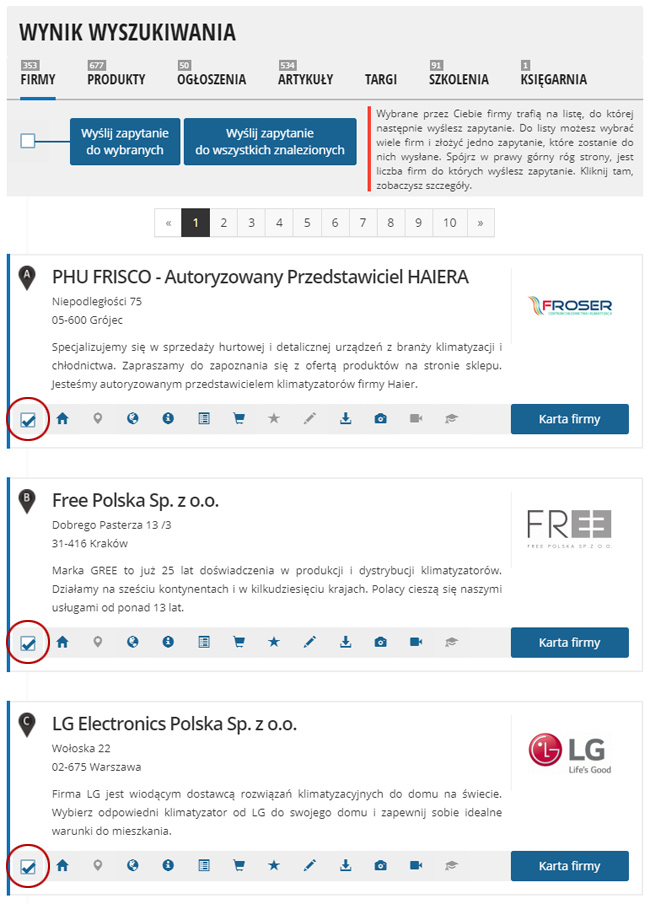The Polish construction sector felt the impact of the economic crisis most acutely between 2011 and 2013. The sector then began to pick up again in the second half of 2013, as long-overdue investment in real estate started to materialise. At present, the outlook for the sector differs from one area to another.
The Polish construction sector felt the impact of the economic crisis most acutely between 2011 and 2013. The sector then began to pick up again in the second half of 2013, as long-overdue investment in real estate started to materialise. At present, the outlook for the sector differs from one area to another.
The outlook for companies involved in large infrastructural projects is relatively bleak as there is a high probability that Poland will not use all of the EU funding allocated to such investments by the deadline. This is likely to result in reduced funding allocations in the next period. In contrast, residential building construction in Poland is thriving thanks to low interest rates, economic revival and the significant housing shortage in Poland, which is estimated at around 1 million housing units.
Late payments, access to finance and lack of competitiveness are major problems for Polish construction companies, and smaller contractors in particular. Disputes between principal contractors and clients in large investment projects, particularly when legal action is involved, typically result in late payments to smaller contractors, which in turn often leads to bankruptcy. Smaller companies are consequently viewed as a risky investment by banks, making it harder for them to access the finance they need. In terms of competitiveness, Polish construction companies enjoy much greater success as subcontractors than as main contractors in EU countries, leading many to seek contracts in countries East of the EU, such as Russia, Belarus and Ukraine. Low levels of competitiveness are a result of a lack of investment by Polish construction companies in research, development, innovation, and training, and a lack of government policies to improve competitiveness.
One example of Government action to assist the construction sector is the National Revitalisation Plan – a complex investment programme to modernise infrastructure and the housing stock in Polish cities. Estimates indicate that 20% of urban areas in Poland are in poor condition, due to the technical and functional obsolescence of infrastructure and buildings, as well as social and economic issues. Running from 2015 to 2018 with a budget of close to EUR 6 billion, the plan targets the development of compact, low-carbon and environmentally friendly cities, with a focus on the reconstruction of existing areas rather than the construction of new areas.
The Mieszkanie dla Młodych (MdM) (Apartment for Young People) support scheme is another example of Government action. MdM is a financial support measure that provides young people with mortgage co-financing and, in some cases, early retirement of debt. The scheme is designed to help young people to meet the new mortgage lending criteria in Poland which now requires mortgage applicants to put down significantly larger deposits than before. By helping young people to access the housing ladder, the measure also aims to boost residential construction activity.
The European Construction Sector Observatory is helping the construction value chain to confront the economic and social challenges that impact the construction industry. Through regular analysis and comparative assessments, the initiative aims to inform European policymakers and industry stakeholders on the market conditions and policy developments in the European construction sector. The key outputs of the Observatory include Country Fact Sheets that profile and analyse the construction sector in each Member State, Policy Fact Sheets on key sector-related policies in each Member State, and a series of Analytical Reports on the implementation of Construction 2020 Strategy objectives.
Visit the Observatory website to download analytical fact sheets and reports on Poland and other Member States, and gain insight into the European construction sector.
 Dodawaj ogłoszenia, składaj zapytania, promuj swoją Firmę. Jedno konto w systemie vManager pozwala na zarządzanie usługami
na wszystkich portalach Grupy Vertica.pl.
Dodawaj ogłoszenia, składaj zapytania, promuj swoją Firmę. Jedno konto w systemie vManager pozwala na zarządzanie usługami
na wszystkich portalach Grupy Vertica.pl.
 Dodawaj ogłoszenia, składaj zapytania, promuj swoją Firmę. Jedno konto w systemie vManager pozwala na zarządzanie usługami
na wszystkich portalach Grupy Vertica.pl.
Dodawaj ogłoszenia, składaj zapytania, promuj swoją Firmę. Jedno konto w systemie vManager pozwala na zarządzanie usługami
na wszystkich portalach Grupy Vertica.pl.
















